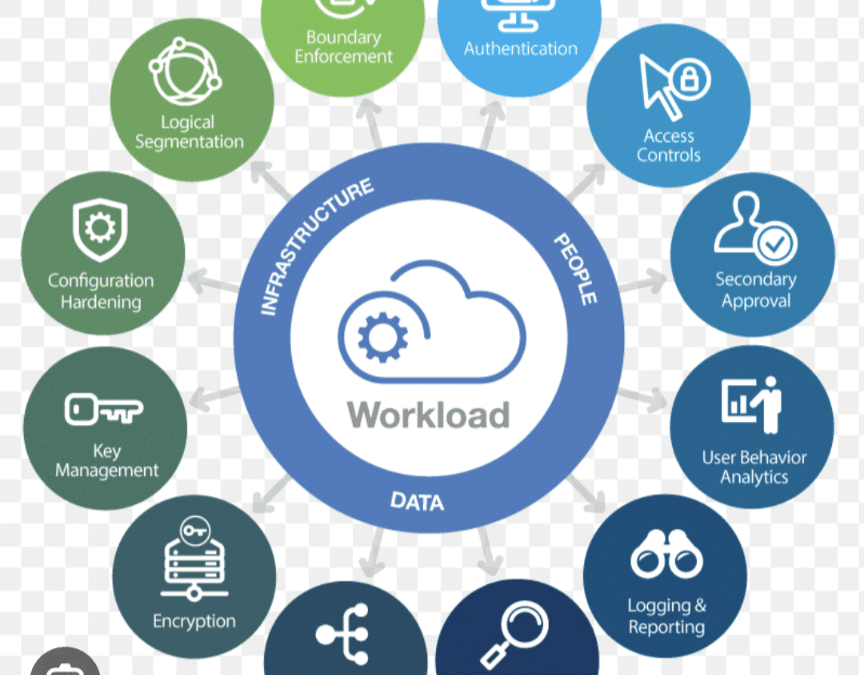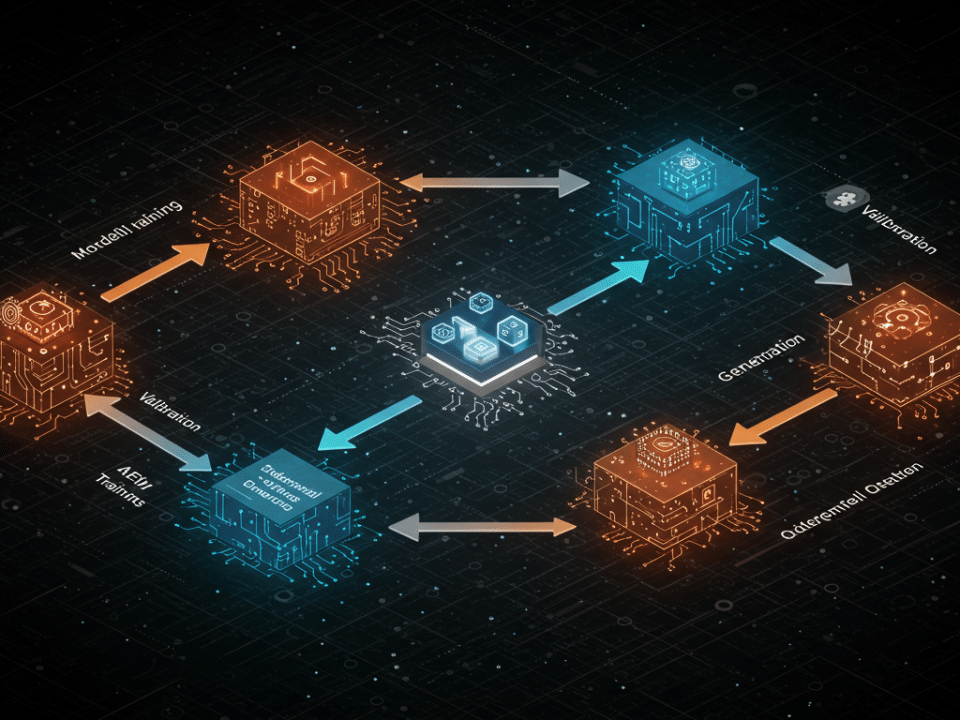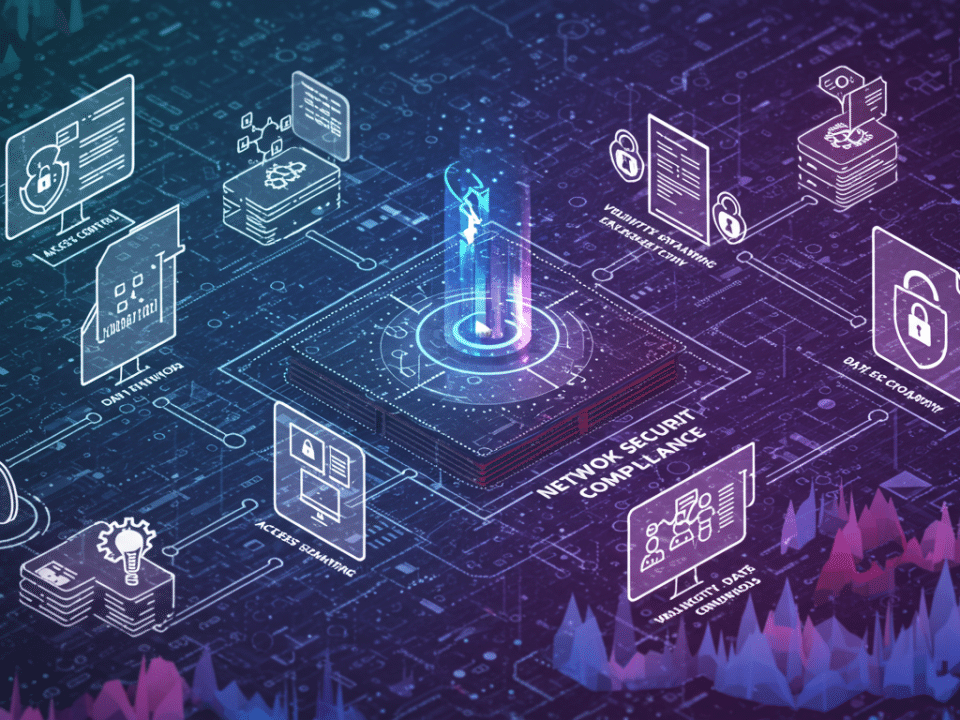
IT Risk Management: What It Is and Why It’s Critical for SMBs
September 17, 2023
Cybersecurity risks posed by third-party vendors to SMBs
September 19, 2023Cloud computing has become the norm for businesses of all sizes, offering a wide range of benefits, including scalability, flexibility, and cost savings. However, with the increasing popularity of cloud computing comes a growing number of security threats.
Cloud security is the practice of protecting cloud-based data, systems, and infrastructure from cyber attacks. It is a complex and ever-evolving field, but there are some key things that organizations can do to improve their cloud security posture.
Here are some tips for improving cloud security:
- Implement strong authentication and authorization controls: Make sure that only authorized users have access to your cloud resources. Use strong passwords and multi-factor authentication (MFA) to protect your accounts.
- Keep your software up to date: Software updates often include security patches that can help to protect your systems from known vulnerabilities. Make sure to install updates as soon as they are available.
- Use encryption: Encrypt sensitive data at rest and in transit to protect it from unauthorized access.
- Monitor your cloud activity: Monitor your cloud activity for suspicious activity. This can help you to identify and respond to attacks quickly.
- Educate your employees: Educate your employees about cloud security best practices. This can help to reduce the risk of human error leading to a security breach.
Here are some of the latest trends in cloud security:
- The rise of cloud-native security: Cloud-native security is a new approach to cloud security that is designed to protect cloud applications and infrastructure from the ground up. Cloud-native security solutions are typically more agile and scalable than traditional security solutions.
- The increasing importance of identity and access management (IAM): IAM is the process of managing who has access to what resources. IAM is essential for cloud security, as it helps to ensure that only authorized users have access to cloud resources.
- The growing threat of ransomware: Ransomware is a type of malware that encrypts data and demands a ransom payment in exchange for the decryption key. Ransomware attacks are on the rise, and cloud services are a prime target.
- The increasing sophistication of cyber attacks: Cyber attacks are becoming increasingly sophisticated and targeted. Organizations need to be prepared to defend against a wide range of attacks, including zero-day attacks and denial-of-service attacks.
In addition to the above, here are some other emerging trends in cloud security:
- The growing importance of security orchestration, automation, and response (SOAR): SOAR solutions help organizations to automate and streamline their security operations. This can be essential for organizations that are struggling to keep up with the volume and complexity of modern cyber attacks.
- The increasing adoption of artificial intelligence (AI) and machine learning (ML) for security: AI and ML can be used to improve the detection and response to cyber attacks. For example, AI and ML can be used to analyze large volumes of data to identify patterns and anomalies that may indicate an attack.
- The growing importance of security awareness training: Security awareness training is essential for educating employees about cloud security best practices. This can help to reduce the risk of human error leading to a security breach.
Cloud security is a complex and ever-evolving field, but it is essential for businesses in 2023. By following the tips above, organizations can improve their cloud security posture and protect their data and systems from cyber attacks.
#cloudsecurity #cybersecurity #infosec #dataprotection #cloudcomputing #SOAR #AI #ML #securityawareness




